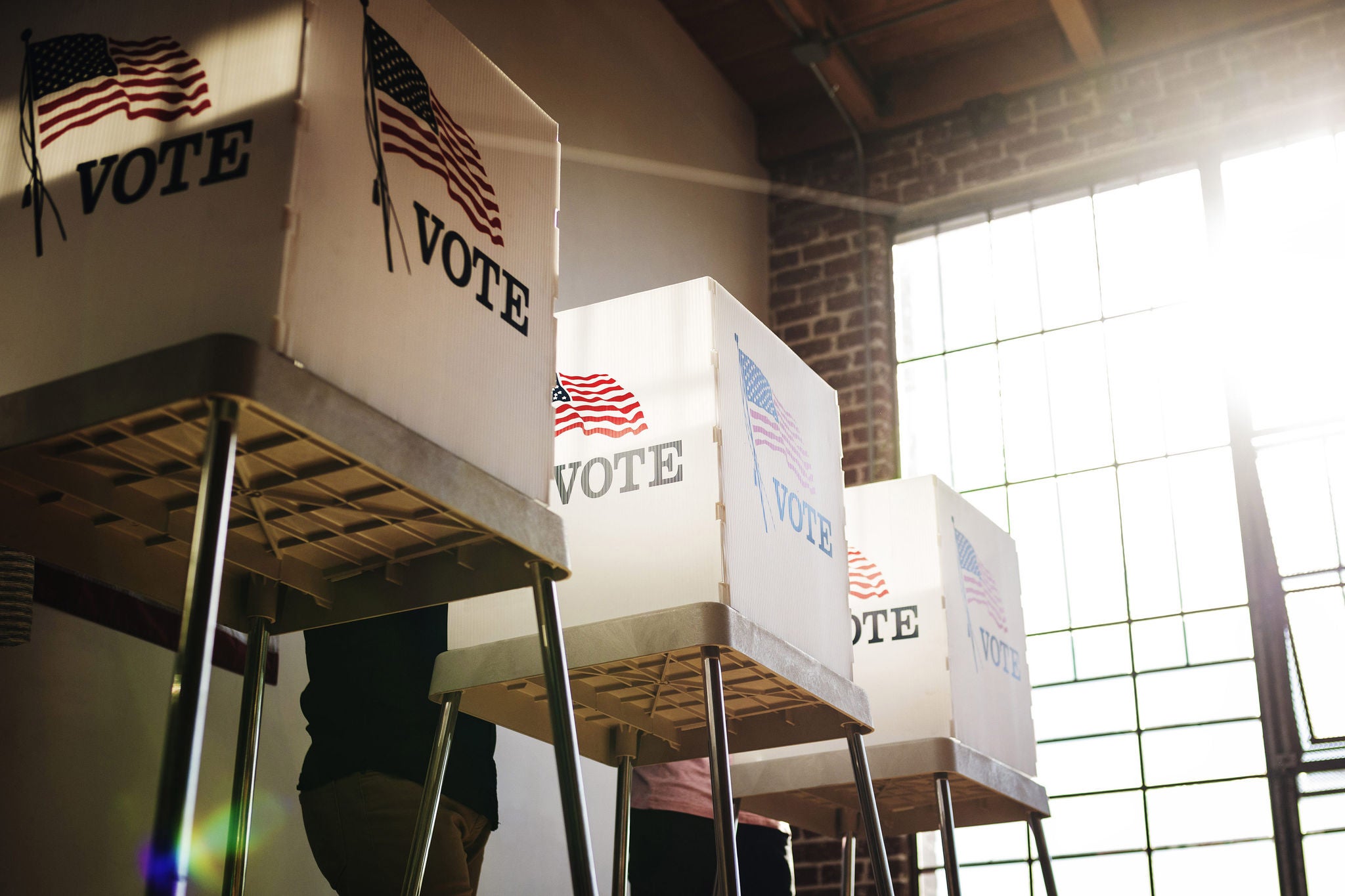EY refers to the global organization, and may refer to one or more, of the member firms of Ernst & Young Global Limited, each of which is a separate legal entity. Ernst & Young Global Limited, a UK company limited by guarantee, does not provide services to clients.
How EY can help
-
Americas and US Tax Policy at Ernst & Young LLP is a one-stop resource for insights on national and state tax reform, tax policy, regulatory changes and legislation.
Read more
Finally, there were tax ballot measures up for vote in Colorado, Texas, Washington and Louisiana. Interesting results came from Washington in a trio of non-binding citizen advisory votes triggered by 2021 legislation increasing taxes. Voters voiced their preference to repeal a new tax on telephone lines, a new 7% tax on capital gains above $250,000, and a new tax on captive insurance premiums by margins of 12.14%, 25.44% and 17.96%, respectively. While this will not trigger the repeal of these new taxes, it may discourage Washington legislators against additional tax creation and increase efforts towards repeal in advance of November 2022 elections. Finally, Louisiana’s November 13 rejection of centralized administration of local sales taxes has revived the debate over the limits of nexus over out-of-state taxpayers with litigation already filed² alleging the state’s uncoordinated local tax system violates remote sellers’ constitutional rights under the U.S. Supreme Court’s Wayfair decision.³
Overall, the state results of the November 2, 2021 elections are likely to have an impact on 2022 legislative sessions across the country. During next year’s elections, 36 states will hold gubernatorial elections and 46 will hold legislative elections with 88 out of the country’s 99 state legislative chambers holding elections with approximately 84% of the more than 7,000 state legislative seats up for vote nationwide. Though the November 2021 result is limited to two states, Republican gains may sway some Democrats away from unpopular measures to impose or increase taxes while emboldening preexisting trends in Republican-controlled states to reduce and repeal taxes of various regimes. Lawmakers’ appetite for tax legislation is also likely to be affected by the outcomes of ongoing redistricting processes in the states and whether partisan retrenchment during that process emboldens state lawmakers to pursue more hardline policy choices.
Between the finalization of state redistricting efforts, the results of the November 2021 elections, and the prospect of widespread elections in 2022, next year’s legislative landscape will continue to be dynamic with tax policy playing a critical role in state budgeting efforts.




